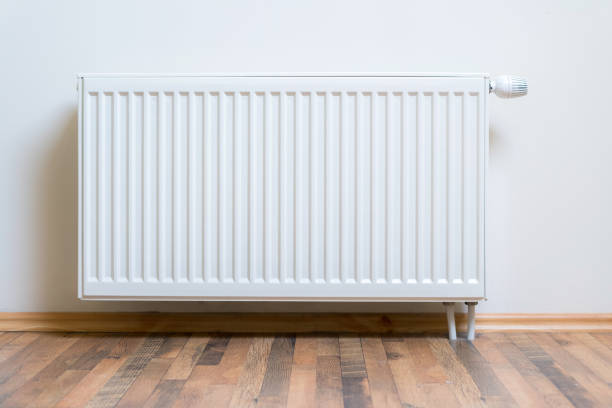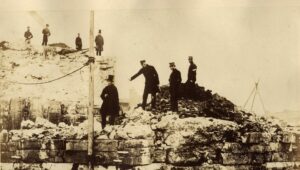- 01843 834160
- [email protected]
- Mon - Fri: 9:00 - 17:00
4 Reasons Why Your Radiator Is Not Working

Radiators are our main go-to whenever we feel cold; we rely on them to keep warm during cold days in winter and a lot of us may use our radiators to dry our washing. Therefore, it’s always a problem if our radiators aren’t working. There may be various reasons why this is occurring, so if you’re experiencing this problem, here are four reasons why your radiators may be refusing to work.
There might be trapped air
One of the reasons why your radiator isn’t working may be due to trapped air in the system. To check if this is the case, try to see if there’s heat coming from the bottom of your radiator. If there is and the top of your radiator is cold, this means that air is definitely trapped. This usually happens when the radiator isn’t circulating correctly, enabling air to take the place of hot water.
To solve this problem, you’ll have to bleed your radiator. This can be achieved by unscrewing the bleed screw with a radiator key until you hear air hissing out. When the hissing noise is gone and you see water flowing out of your radiator, you can then screw back the bleed screw.
Your radiator valves may not be working properly
If you notice that your entire radiator is cold, you may have a problem with your radiator valves. To fix this issue, you should make sure that the valves on both sides of your radiator are open. If you have a thermostatic radiator valve, which enables you to adjust the temperature, make sure that it’s set to allow your radiator to turn on. However, thermostatic radiator valves can seize up and will result in your radiator not working. If this is the case, it’s best to hire a heating engineer or a Gas Safe registered plumber. Our article on Should You Hire a Plumber or a Heating Engineer? can help if you’re unsure about which professional to hire.
Your radiator might have sludge and debris
A radiator not working may also be due to sludge and debris getting stuck in your central heating system. If your radiator is hot at the top but not at the bottom, this is a sign that you might have sludge and debris. Sludge will usually gather at the bottom of a radiator, which will stop the area from being heated properly. To solve this problem, your radiator may need to undergo powerflushing. Powerflushing is a process that removes sludge and debris, but you’ll usually need a professional to do this for you. Our article on Why You Might Need a Powerflushing Service might be helpful in giving you more information.
You might have a radiator leak
If you don’t have any of the problems above, you may have a radiator leak, which means you might have to replace your radiator. However, depending on the severity of the problem, you can use external sealers and leak sealers to solve it. Leaks are usually caused by corrosion, meaning your system may need to be cleaned. A leak coming from the pipe joint or from where the valve connects to a pipe, might mean that a nut has become loose. Turning the nut with a wrench and ensuring it’s secure might fix this problem. If you have any leakages coming from any pipework, it’s always a good idea to contact an expert.
These are the four reasons why your radiator may not be working. If you need help with your radiator, get in touch with any of our plumbing services from our list here.
If you have a business you want to advertise with CommunityAd, contact us today!












